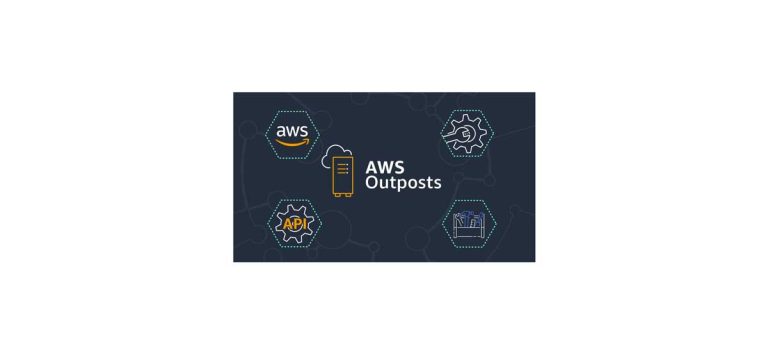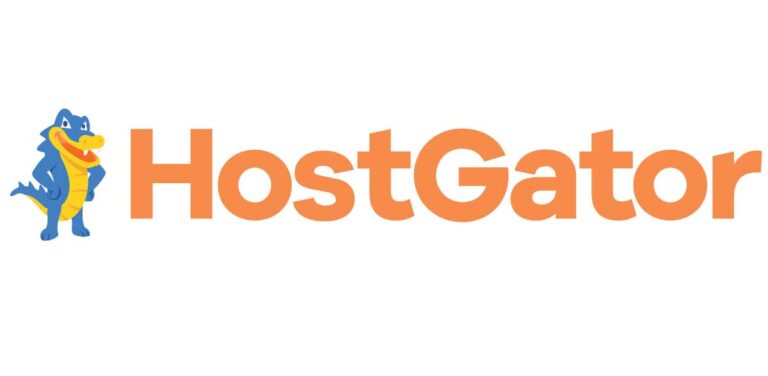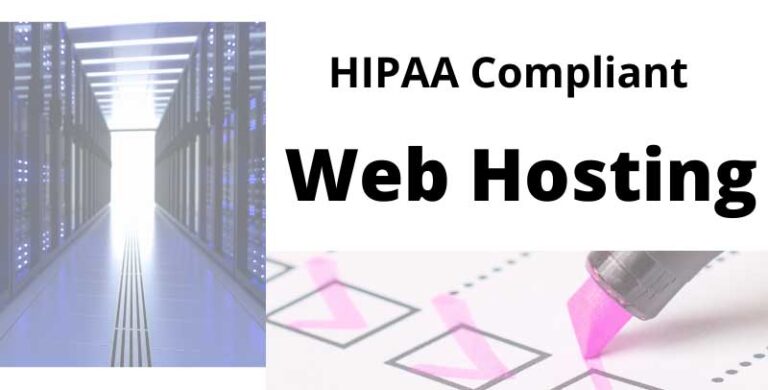Amazon Web Services
Amazon Web Services (AWS) launched in 2002 from Amazon to aid developers in building scalable online solutions and has grown into an all-encompassing cloud computing service that is dominating the internet worldwide. They have a vast amount of products and services with pay-as-you-go pricing. Read more to learn why AWS is the powerhouse it is and join their free trial!
In this introductory explainer video, Simplilearn teaches you the benefits that AWS provides by using an example company and walking through a common pain point.
AWS Product Details
It is well known that AWS is used by large corporations; however, their products and pricing models can also work for small to medium sized businesses. AWS focuses on low-cost resources, scalability, and wide variety of technology. This is especially useful for companies that are unsure of their growth or have fluctuations in traffic. They maintain a high level of security. All their cloud services are compliant with the most security-sensitive organizations and that benefit trickles down to all consumers (read more here and here).
The final price tag is highly variable since the products are charged by compute time (time used). Two of the more common products that will drive the price are Elastic Compute Cloud (EC2) and Simple Storage Service (S3).
EC2
EC2 is simply servers, called instances, as a resource and each available type is listed by CPU, memory, storage, and network performance. A company may choose to use one small machine, many small machines, one big machine, etc. These instances are fully configurable and can be used to host any software. They can be clustered together and load-balanced to provide zero down time. If one instance goes down, another can be stood up to replace it. The combinations and flexibility is endless and all catered to the need of the business. This is the backbone for many other AWS services.
S3
S3 is a dynamic object store for to hosting any kind of data (images, PDF’s, and more). The objects are stored by user defined paths and secured by configurable security policies. S3 is not only useful as a dumping grounds for data. It can also be used to host static websites when coupled with AWS’ content distribution network (CDN), Cloudfront. This pattern delivers content globally at high speeds for an unbeatable price (learn about it here). Due to its versatility and low-cost, S3 empowers entities from individuals to large organizations and all in between.
These two products have been and continue to be paramount to AWS’ success. Of course, they can be used through secure, convenient APIs and can be automated to grow or shrink as needed.
AWS Pricing
It’s hard to put an average cost to new users since pricing varies by need. However, any user can start with a minimal setup from low tens of dollars (USD) per month (even less for testing) and scale up as needed. Remember that these are variable expenses and you’re only charged for what you use. If you decide to only have services functioning for a portion of the month, you will only be billed for operational hours. AWS provides a useful pricing calculator to help you estimate your costs. Be sure to use their 12 month free trial to get your feet wet!
Here’s a helpful video by ITProTV if you find yourself needing help with the pricing calculator.
Specific details about pricing for each AWS service can be found on the pricing page of the AWS website.
EC2 t3 Instance Pricing
There are a wide variety of instances to select from which can be filtered by region, operating system, instance type, and vCPU. If you want to browse the full list, go here. For our purposes, we’ll focus on the commonly used t3 instances because they are low cost and general purpose so a few of those sizes will be sampled here.
Main Features
- balanced between compute, memory, and network resources
- burstable CPU performance (the CPU can exceed the base performance)
- geared for general purpose workloads
- low cost
Instances
The t3 instances span from nano to 2xlarge. The storage (EBS) price is determined separately by size. The network performance is the same for all as well (up to 5 Gigabit).
| Name | vCPU | RAM | $/Hour | $/Month (excluding storage) |
|---|---|---|---|---|
| Nano | 2 | 0.5 GiB | $0.0052 | ~$4 |
| Medium | 2 | 4 GiB | $0.0416 | ~$30 |
| 2xlarge | 8 | 32 GiB | $0.3328 | ~$243 |
You should not evaluate instances like a personal machine. Avoid the “bigger is better” thinking. You only want to pay for the performance you need. So, start small. You can always scale to larger instances or simply add more small ones to handle the workload depending on your use case.
S3 Pricing
S3 pricing is fairly straight forward. There are more storage options within it and you can find that here.
The Standard storage tiers:
| First 50 TB / Month | $0.023 per GB |
| Next 450 TB / Month | $0.022 per GB |
| Over 500 TB / Month | $0.021 per GB |
Main Features
- general purpose
- quick access
- low cost







